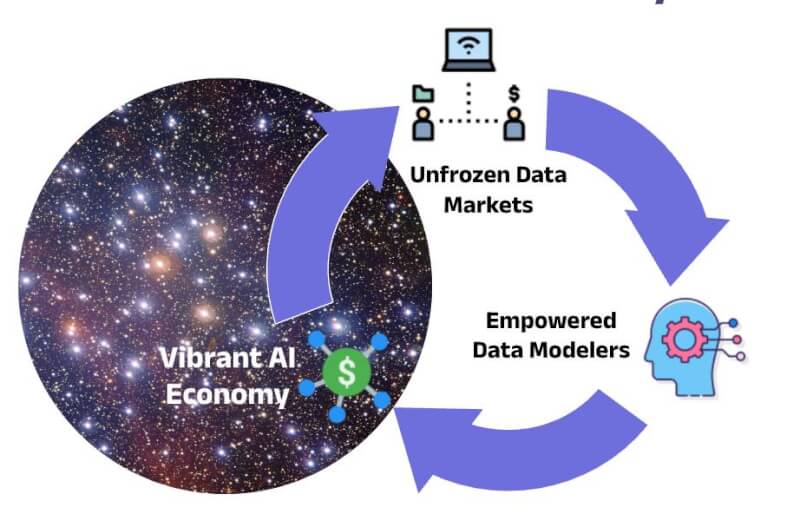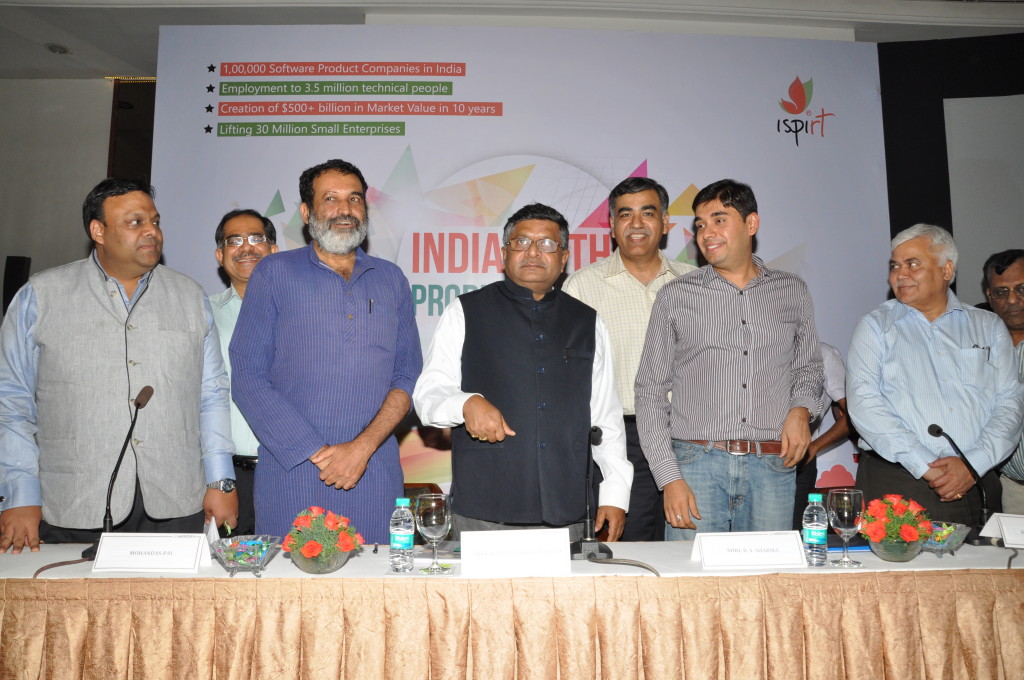A gathering of iSPIRT volunteers in Bangalore turned into an interesting discussion: How does India become a Product Nation by espousing values that are inherent and ingrained in us as Indians?
Here are some answers from that meeting. We hope this gets you thinking on how to draw inspiration from familiar cultural concepts while building for India!
In any culture where people have performed well in achieving a goal, that culture has encouraged training one’s mind. Mental performance therefore is key.
For example, Americans athletes do well at the Olympics. If you look at American culture, it champions working hard, winning, and training your mind to focus on winning.
You have the Japanese concept of Ikigai, where purpose gives you a reason to live a long, happy life. The authors who wrote a book on Ikigai shares a Japanese proverb that says, “Only staying active will make you want to live a hundred years”.
Or let’s take the theory of Flow. It’s a state of mind where we are so immersed in the joy of our work “that nothing else seems to matter”. In a state of flow the mind is trained to focus and enjoy a task, even the challenges that come with it. As iSPIRT volunteer Rinka Singh says his best work happens when he is having fun framing questions and thinking through challenging problems.
So, what of our culture do you think can help us train our minds to be disciplined and dedicated? And can teach us to enjoy our work even in tough times? Here are some examples iSPIRT volunteers shared at the meeting:
After all the culture we have grown up in has cultivated some great skills in us. To give you real life examples, look at the artist who is capable of creating exquisite, complex Rangoli designs or take the Indian programmer who is a whiz with math and logic.
Or take the Bhagavad Gita teaching us not to be attached to an outcome but simply focus on doing your tasks well. The less resources your mind spends obsessing about an outcome, the more time and focus your mind has to work on completing tasks really well. In addition, when you are not attached to an outcome, your mind can deal with failure much better. It becomes easier to retrain your mind to learn from failures and simply try again.
As iSPIRT volunteer Girish Elchuri says, “no greed, no glory” is the basic theme of thinking beyond self. It helps to expand your view beyond you to help find good solutions that can benefit those around you.
Or for example take how Indian culture also values family time, food and meditation or prayer. These could potentially create a better balanced healthy mind that can focus longer, and is less prone to burnout and depression.
iSPIRTer Shoaib Ahmed believes the powerful action of placing palms together and greeting each other Namaste is truly us saying, ‘the divinity in me recognizes the divinity in you’. This invisible force of divinity running through us all connects us and lays a sound foundation for Indian product builders to collaborate at a soul level.
Referring to the Bhagavad Gita, iSPIRTer Sharad Sharma reasoned that the essence of Gita is having confusion in your life and that having confusion in your life is not a bad thing, as long as you can take a step back to look at it philosophically and figure out the answer. What Indians are good at is reframing the problem. Gita is about reframing the problem and saying ‘don’t look at it the way it looks to you now. Let me tell you an alternative way of looking at the problem and that alternative way will help the answer to reveal itself.’
“Indians succeed because we can reframe the question at a higher level of abstraction and find answers, which to me is R&D. We can be the best R&D nation in the world”, is Sharad’s learning from what he has learned from the Gita.
iSPIRT’s Hari Subramanian feels the one core part of India’s culture over the centuries has been to question and constantly learn, seek knowledge. Hari feels this ability to question will propel India’s current generation of young builders to make us a Product Nation.
As Hari puts it, “The essence of Gita is, you are born to do something. Do that and don’t be tied down to what the outcome may be. Do what you are born to do, day in, day out and excellence will follow.”
To conclude, we have a golden opportunity to change India for the better by combining the ethos of US, Japan, and India. Let’s not miss it.
Let us take the YOLO spirit of the US. Let us learn from Japan that doing your tasks well means to master it. Then let us embrace the Indian principle of not worrying about the outcome but only focusing on your work and allowing excellence to follow. If we combine all this maybe magic can happen.
What more would you add to this list?
Please note: The blog post is authored by our volunteer, Regina Mihindukulasuriya




